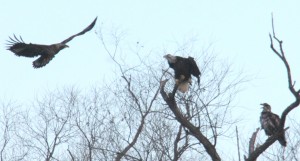A “heads up” from Dan Jackson… THANKS, Dan!
Tim Miller, the District Manager for La Crosse District of the Upper Mississippi National Wildlife Refuge, found an immature female Snowy Owl at the District Visitor Center on Brice Prairie just west of Onalaska this morning. When he first saw it, it was near the staff parking lot. It then moved into the maintenance lot and was perched on a truck.
Hopefully, this bird will stick around as the prairie around the Visitor Center would be a wonderful hunting area.
Good Birding,
Dan Jackson
www.PBase.com/DEJackson


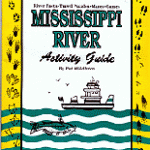 individually as well.
individually as well.
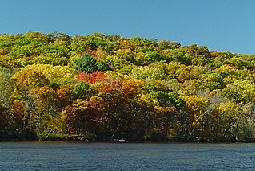

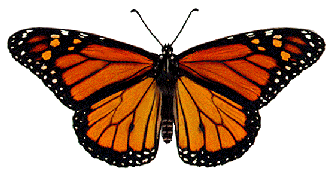

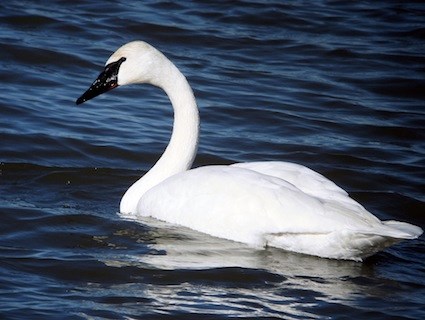
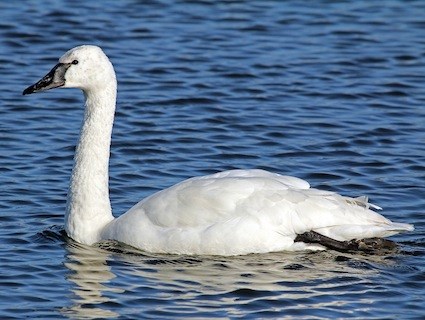
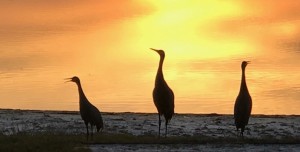 During our brief early February “summer” our Mississippi River big birds made their move to the North.
During our brief early February “summer” our Mississippi River big birds made their move to the North.